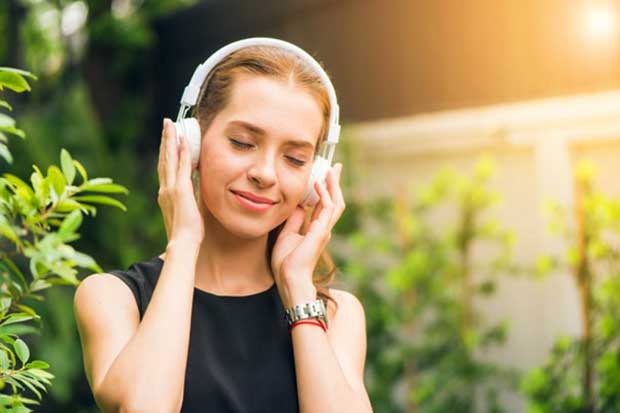There’s nothing worse than going to listen to a podcast or your favorite music on the go, only to find that you have forgotten to charge your wireless headphones and there is no sound to be had, but this could soon be a thing of the past.
The Swedish company, Urbanists and global sports brand Adidas have both developed the first ever commercially available solar headphones, which can be powered by nothing more than the sun’s rays. Both sets of headphones have solar panels built into the design. Located in the headband of the product, the solar panels are light and flexible to ensure that they are comfortable enough to be worn for long periods.
The solar panels used in the construction of the headphones are made by Exeger, another Swedish company, who have spent over 10 years perfecting the design while many other solar companies were still focusing on solar panels for use in homes and offices. The boss of Exeger, Giovanni Fili has said that they have made the panels with convenience and sustainability in mind, which is why it has not always been an easy project to get to grips with.
He knows how hard it is to convince many consumers to change their habits and embrace sustainable technologies, but he also knows how important it is that we all do more to reduce our reliance on mains electricity.
He also notes that the younger generation are much more likely to embrace positive change in this area, and that in fact, they expect to have the option to purchase sustainable products in as many areas of life as possible.
Powerfoyle
The solar panels manufactured by Exeger are known as Powerfoyle panels. They use thin strips of titanium dioxide, which have been coated in a natural dye to ensure they are just 1.3 millimeters thick and extremely powerful.The dye used in the manufacture of Powerfoyle panels absorbs the sun’s light and converts those photons into electrons which can be used to power up the solar-powered headphones they are used in. being small, these solar panels are only around half as efficient as regular solar panels when measured in full sunlight, but they are also much cheaper to manufacture and have the advantage of being extremely thin too.
80 hours
Although the headphones are solar-powered, they also have a battery built into the design, which will enable them to play continuously for up to 80 hours between charges (the Powerfoyle panels for the charging), so even if the sun is nowhere to be seen, users can still listen to their favorite media on the go.
Mr. Filli notes that the battery can be charged in as little as 20 minutes of sunlight in the Swedish summer, so you will not have to worry about staying out in the sun for too long if you want to get a full charge.
It is likely that this is just the start of what is possible in terms of wearable solar panels, and we can expect to see many more such innovations in the near future.
